Best LED face mask 2025: luxury beauty tech for brighter, healthier skin
Tackle all your skincare concerns

Bethan Morgan
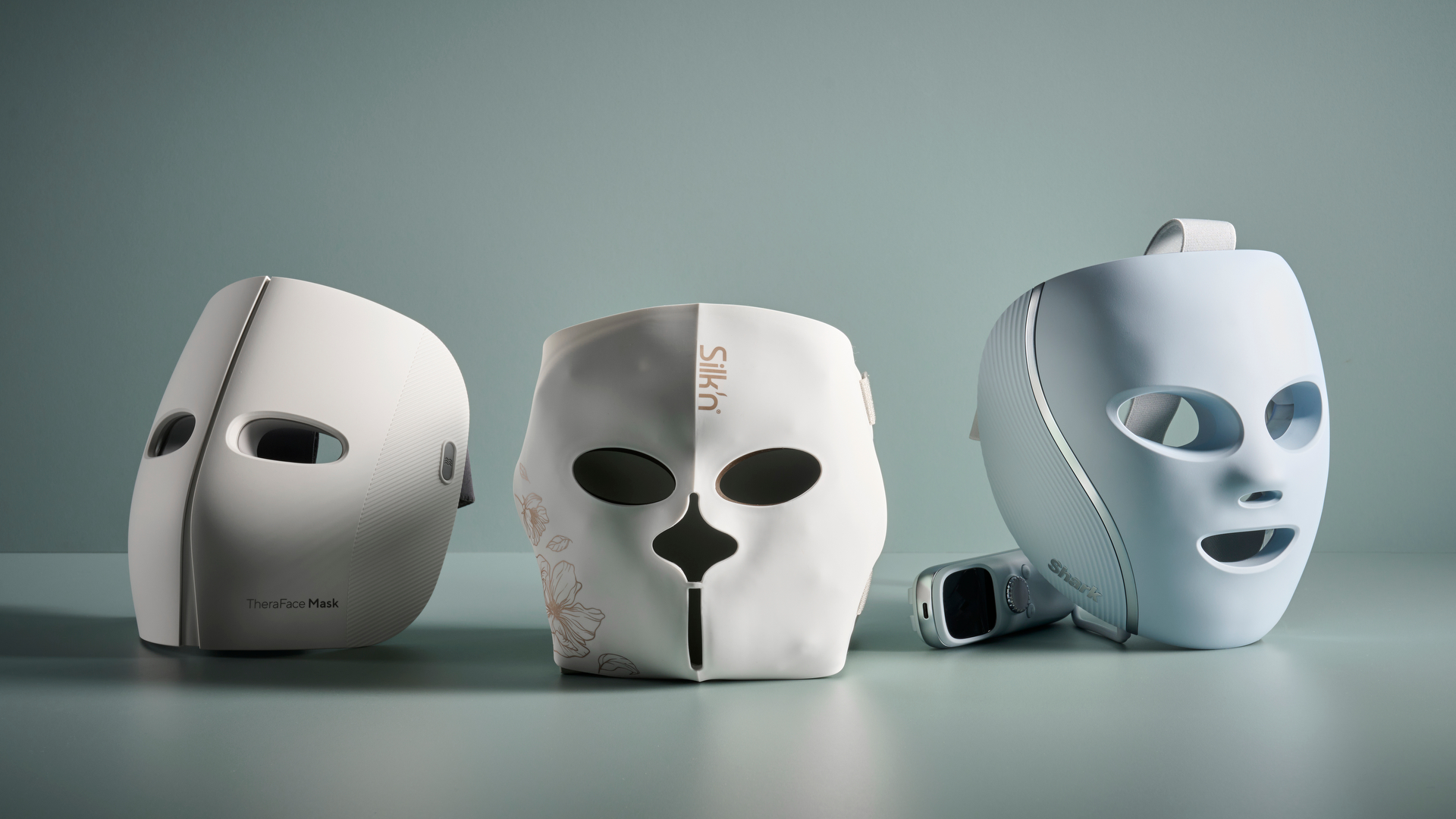
The best LED face masks have quickly become the latest must-have in the beauty world. They offer an easy way to achieve bright, glowing skin from the comfort of your own home, and whilst there’s still a bit of controversy around them, we can confidently say they’re up there with our favourite skincare gadgets.
LED light therapy masks were once exclusive to dermatologists, but with many brands now offering them for consumer use, they’re more accessible than ever. Sure, they do remind us of Hannibal Lecter, but the benefits they offer are truly incredible – and trust us, we’ve seen the results firsthand.
If you're eager to lean more, we've put together a list of the best LED face masks available today. Our top pick, the Shark CryoGlow, has stolen the show as the best overall model – but that doesn’t mean it’s the only contender. Whether you're thinking of budget or overall complexion benefits, there will be a model here for you.
We’ve updated our guide to the best LED face masks to feature the latest models, including the new Shark CryoGlow, which now holds the top spot. We’ve also added the best LED face mask for men, the Buff LED Face Mask.
The top three
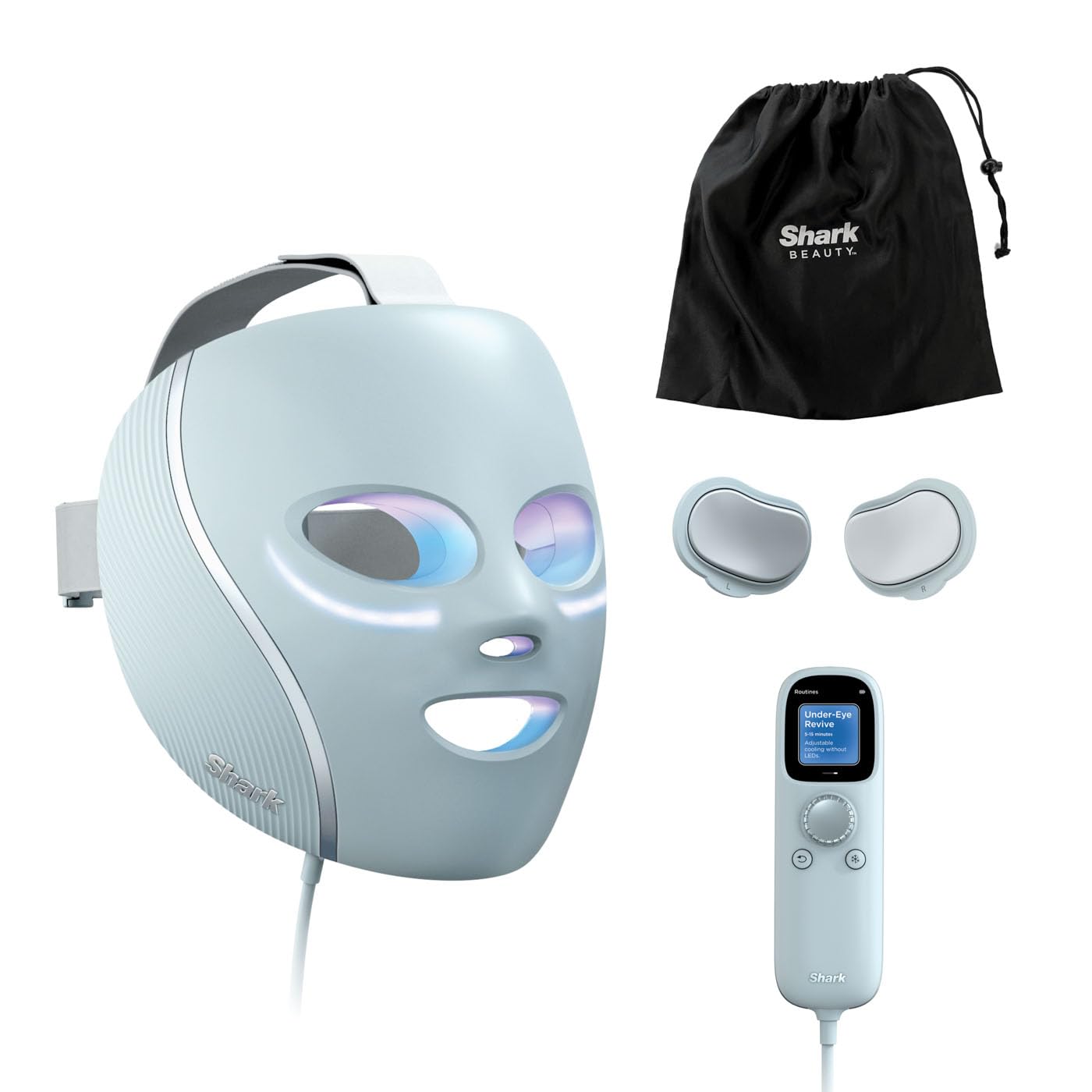
Best LED face mask overall
Comfortable to wear with innovative eye-cooling technology, the Shark CryoGlow is our favourite LED face mask of all time.
Pros
- Premium feel
- Eye-cooling technology
- Comfortable to wear
Cons
- Slightly noisy
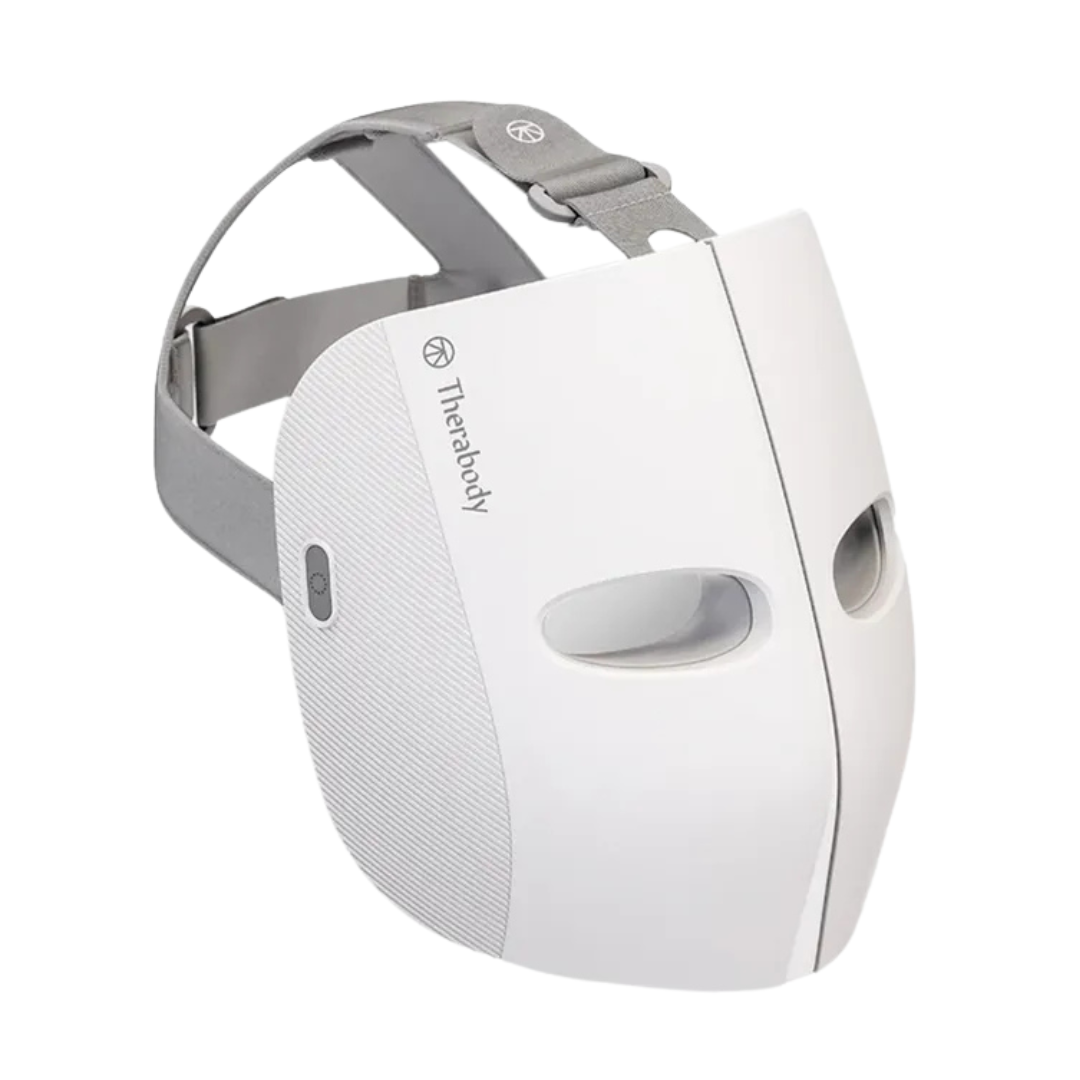
Best premium LED face mask
The Therabody TheraFace Mask is definitely the priciest on this list, but its skin benefits are second to none.
Pros
- Vibration and massaging technology
- Quick sessions
- Leaves skin looking brighter
Cons
- Expensive
- Not the most comfortable
- No nostril or mouth holes
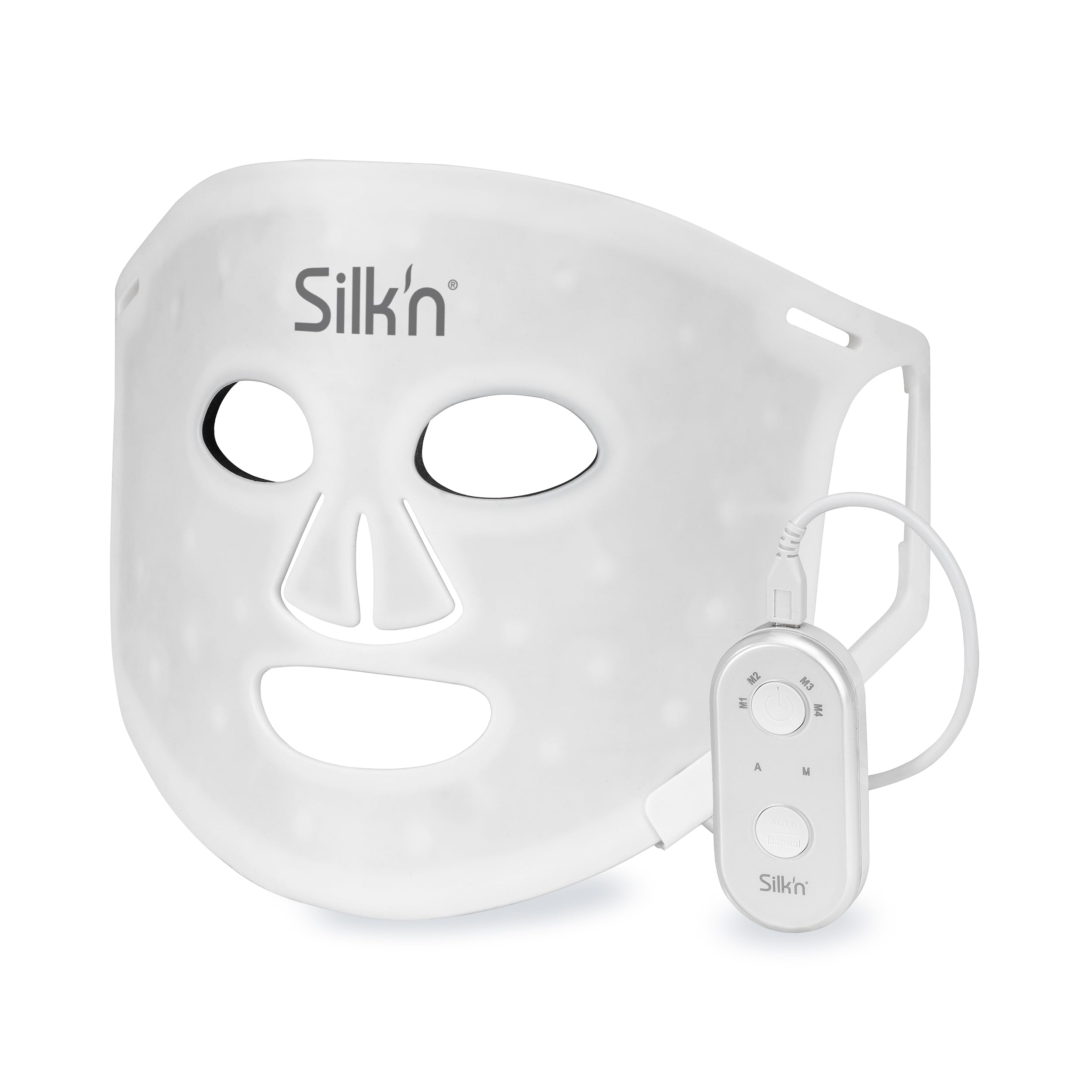
Best affordable LED face mask
If you're looking for youthful skin on a budget, we'd recommend the Silk'n LED Face Mask 100.
Pros
- Very comfortable
- Four different LED modes
- Inexpensive
Cons
- Straps were a bit fiddly
- The dog isn't a fan
Best LED face mask 2025
The best LED face mask overall
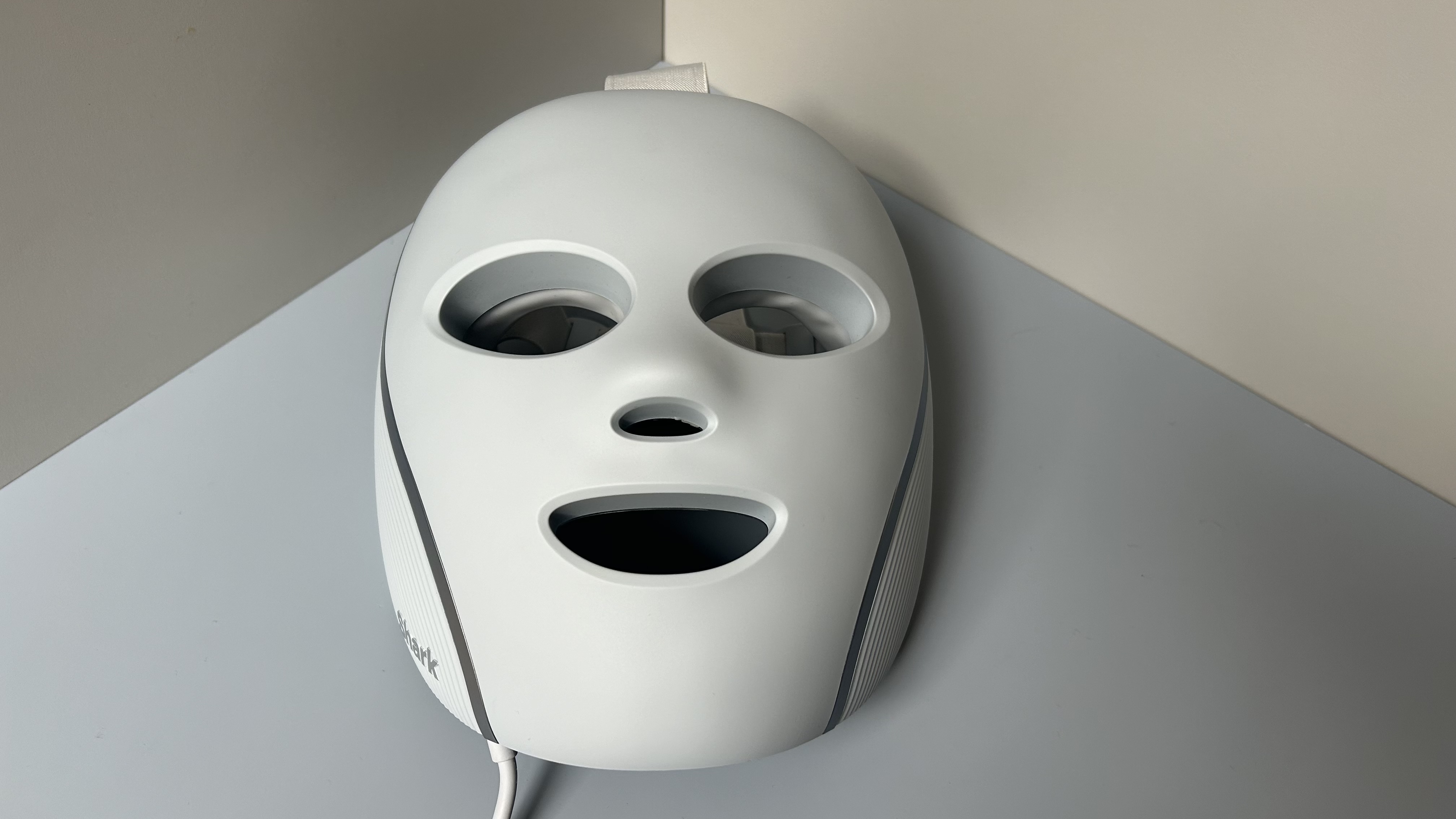
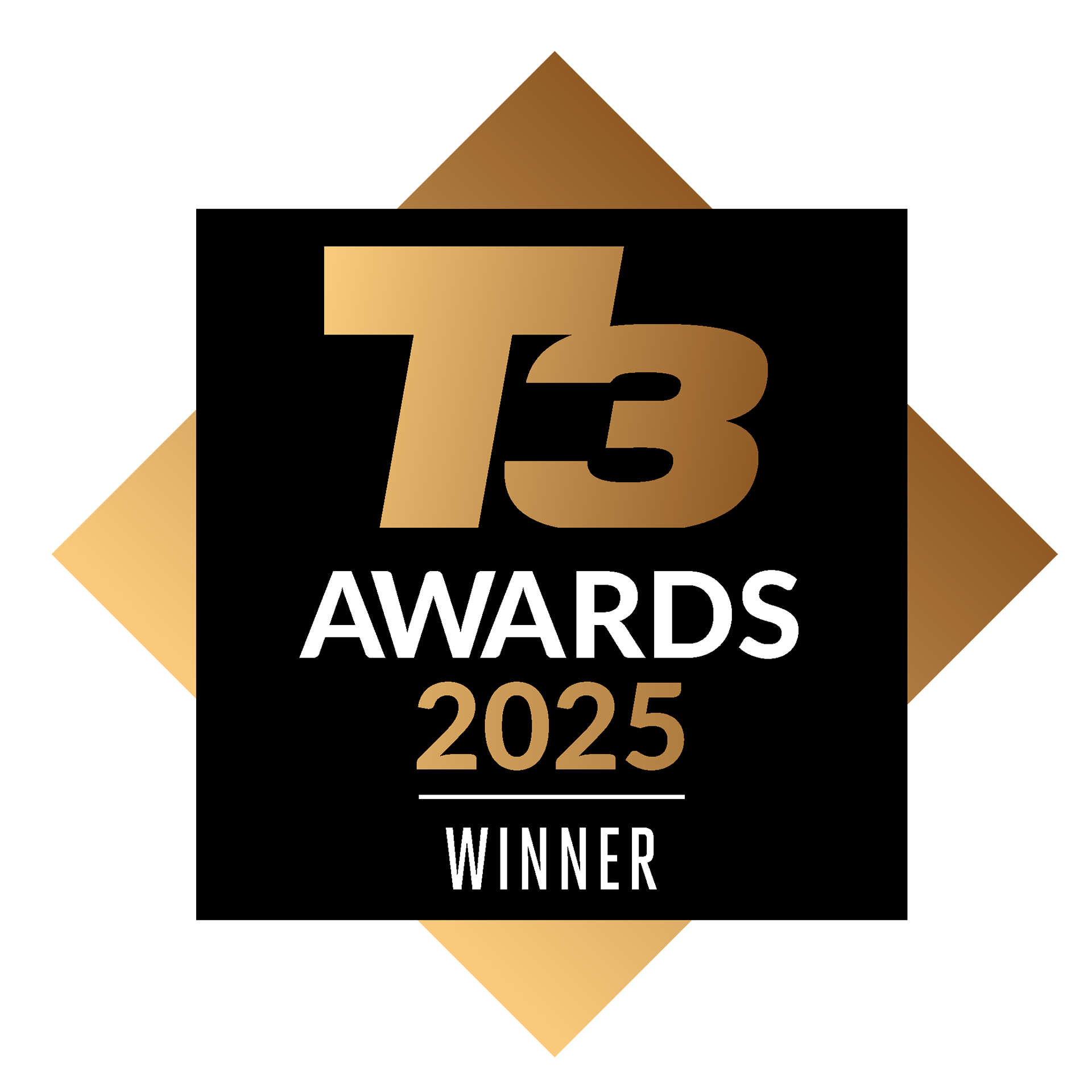
Specifications
Reasons to buy
Reasons to avoid
The best LED face mask you can buy today is the Shark CryoGlow. What sets it apart from other options on the market is its user-friendly design, with three distinct modes targeting specific skincare concerns. Each mode (Blemish, Better Ageing and Skin Sustain) is designed to address different skin types and goals, making it incredibly intuitive to use.
However, the real standout feature is its Under-Eye Cooling, something we've never seen in an LED face mask before. This feature soothes and de-puffs the under-eye area, reducing signs of fatigue and stress. You can use the cooling function on its own or pair it with any of the light therapy modes, and there are three intensity levels to choose from.
Whilst it’s priced higher than some other options on this list, the quality and features make it more than worth it. It feels incredibly premium, and with impressively short treatment sessions, it’s easy to incorporate into a regular skincare routine.
The best premium LED face mask
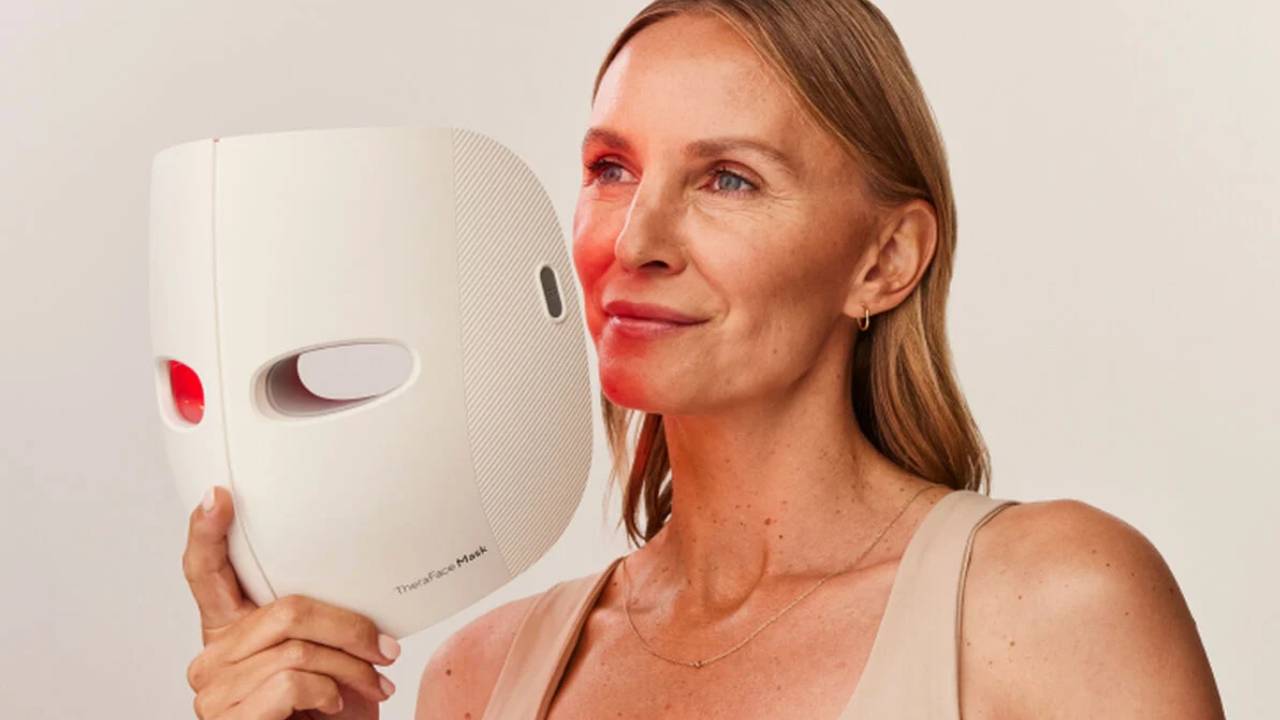
Specifications
Reasons to buy
Reasons to avoid
From the massaging and sports recovery manufacturer, the Therabody TheraFace is an admirable LED mask that leaves the skin look brighter and tighter. It's also great at banishing blemishes quickly and stoping spots from fully emerging.
To tackle most skincare concerns, the TheraFace Mask has 648 lights in the mask that covers the entire face. It has three nine-minute programmes, running through the three different light options – red, red + infrared and blue. It also has vibration massaging technology that massages your forehead, under-eyes and scalp to relieve tension.
At £549, the TheraFace Mask is definitely an investment piece. The only negative our reviewer found was that it's not best for smaller heads and faces, as it can be quite heavy and dig into the nose. Aside from that, the TheraFace Mask gives amazing results and makes you feel relaxed whilst it's in use.
The best affordable LED face mask
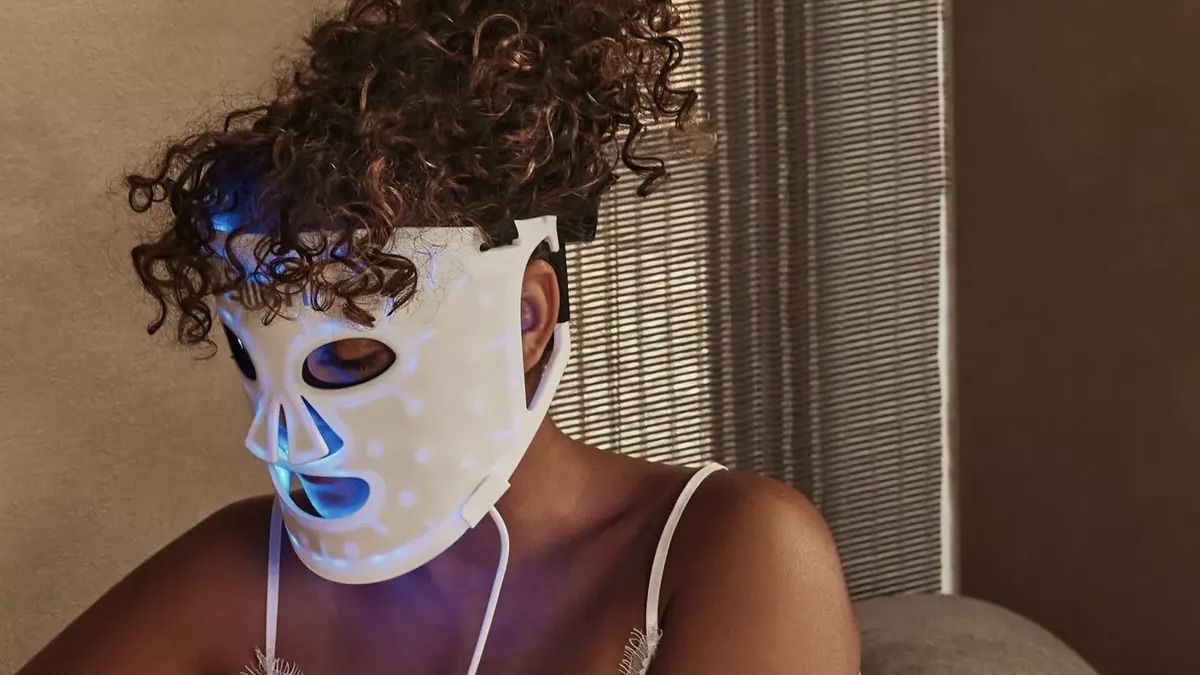
Specifications
Reasons to buy
Reasons to avoid
The Silk'n LED Face Mask 100 is our favourite affordable (and comfortable) mask. Despite its low price, the Silk'n LED Face Mask 100 performs surprisingly well with its four different coloured LED lights that support and tackle different skincare concerns.
Whilst the straps were a bit fiddly, our reviewer found that the Silk'n LED Face Mask 100 visibly improved the condition of her skin in just four weeks. The results showed a brighter-looking complexion and reduced signs of blemishes and acne. With red, blue, purple and yellow coloured lights to choose from, the Silk'n LED Face Mask 100 takes care of most skin concerns in an effective and low-cost package.
The best effective LED face mask
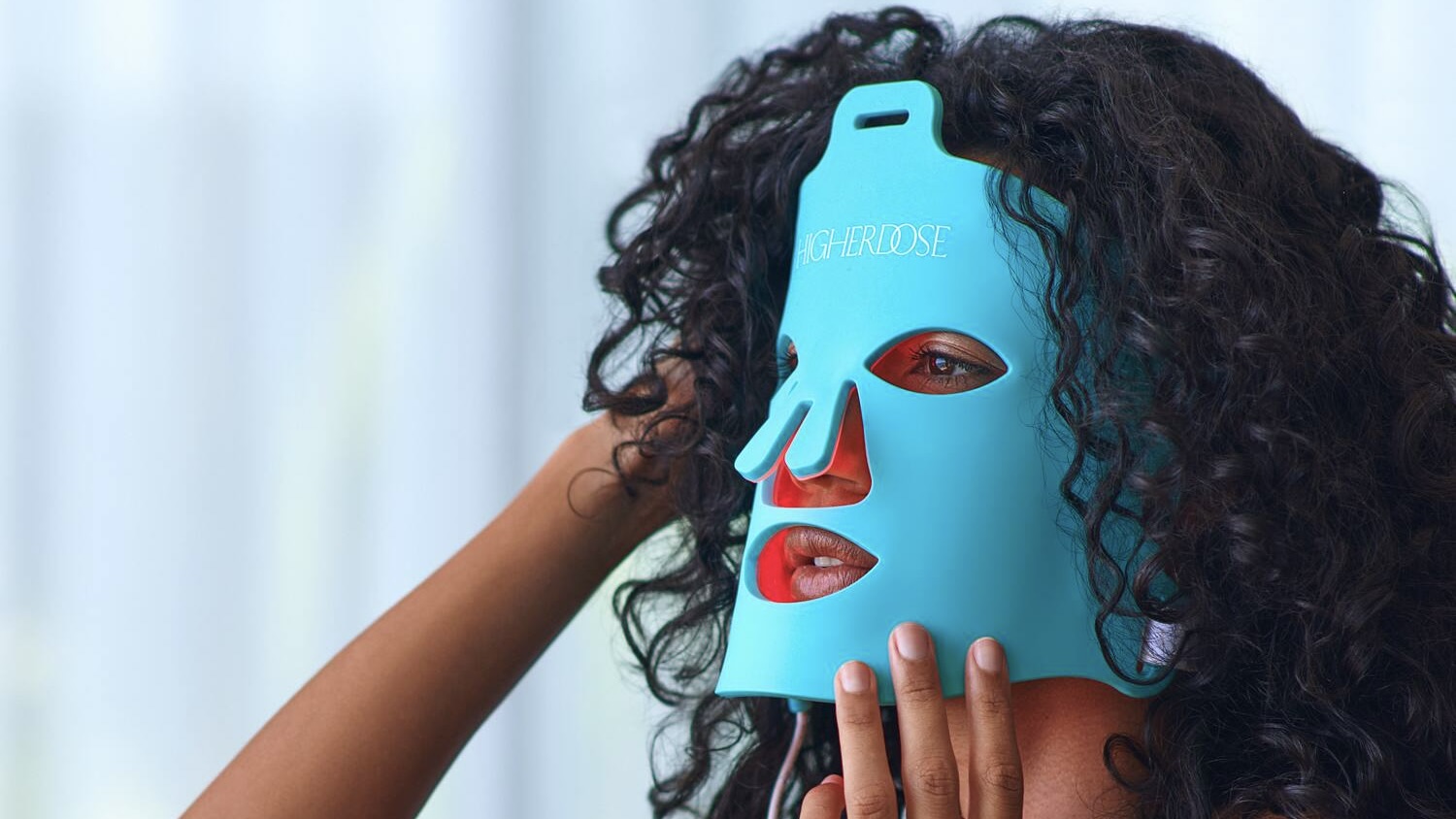
Specifications
Reasons to buy
Reasons to avoid
If you're looking for quick, effective results, the HigherDose Red Light Face Mask is the one for you. This wearable LED face mask will leave your skin looking and feeling rejuvenated, with 10 or 20 minute treatments to choose between. The HigherDose Red Light Face Mask fits easily into your lifestyle and its three-part head strap means you can easily wear it whilst relaxing or doing chores around the house.
Using red and near-infrared wavelengths, the HigherDose Red Light Face Mask works to stimulate collagen to reduce the appearance of fine lines and wrinkles, calm redness, and create an even skin tone. The mask also works deeply into the skin’s hypodermis to boost blood circulation and bring oxygen and nutrients to the cells.
The best LED face mask for acne
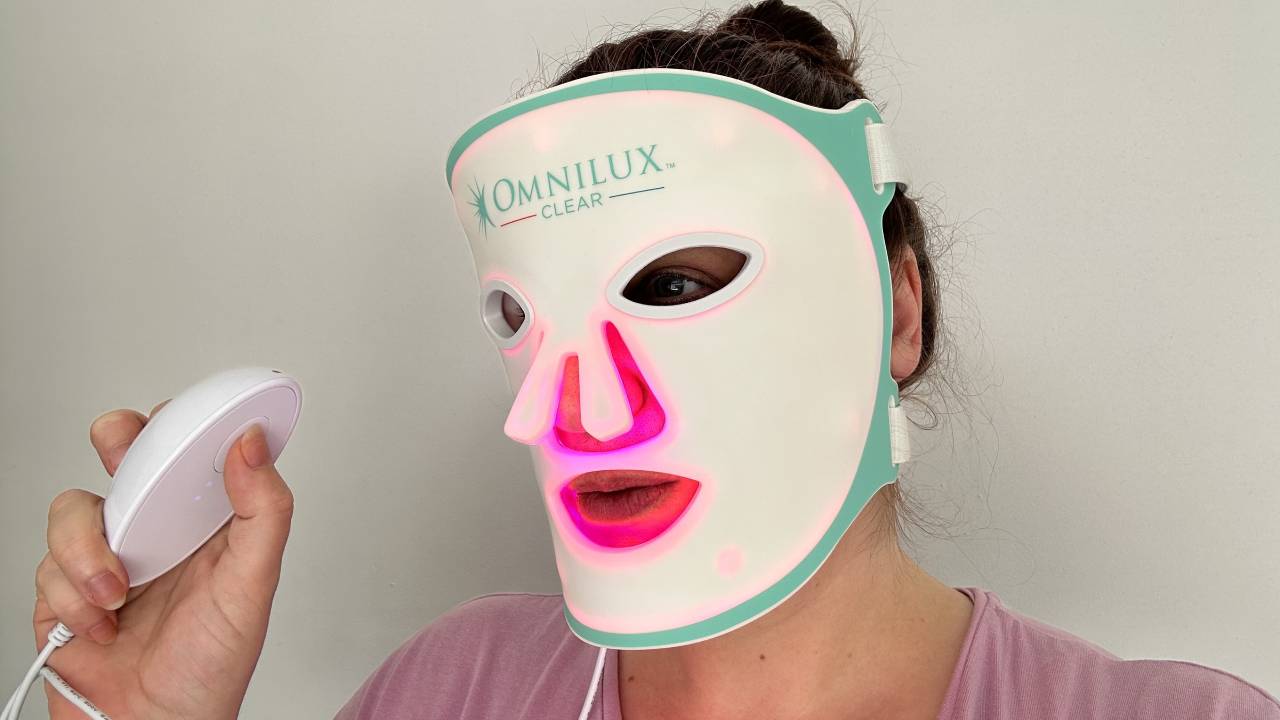
Specifications
Reasons to buy
Reasons to avoid
If you suffer with acne, breakouts and scarring, the best LED face mask to reduce and rid your skin of these problems is the Omnilux Clear. The comfortable mask uses a combination of blue and red light therapy to balance out the skin and clear it in a non-invasive way.
The use of blue light penetrate the skin’s surface to target and kill the breakout-feeding acne bacteria, whilst the red light penetrates the dermis deeply to trigger the body’s natural healing response and increase the production of collagen, while simultaneously decreasing excess oil production. Yes, there's only two LED modes, but these are the most important two when it comes to blemish control.
Our reviewer who dealt with adult acne swears by the Omnilux Clear, especially when it came to preventing future breakouts.
The best powerful LED face mask
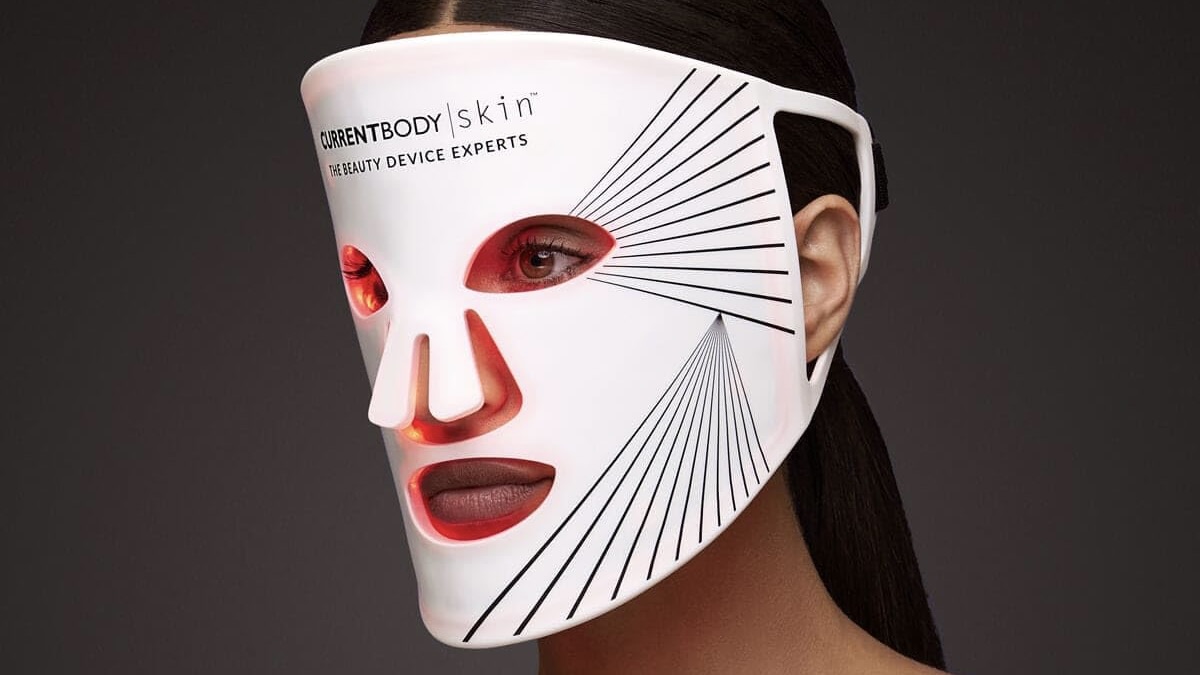
Specifications
Reasons to buy
Reasons to avoid
For healthier, plumper and more youthful looking skin, the CurrentBody Skin LED Light Therapy Face Mask gets our vote. This LED face mask uses a combination of red and near-infrared lights to naturally stimulate the production of collagen and elastin. In doing this, it leaves the skin looking firmer and plumper.
The CurrentBody Skin LED Light Therapy Face Mask claims to be 31% more powerful than other LED masks on the market, as it uses Pillow Technology that helps to evenly distribute the LEDs for maximum efficacy and absorption. Our reviewer found that her hyperpigmentation and dark circles decreased while puffy eyes appeared more open and lines around her lips diminished.
The best LED face mask for men
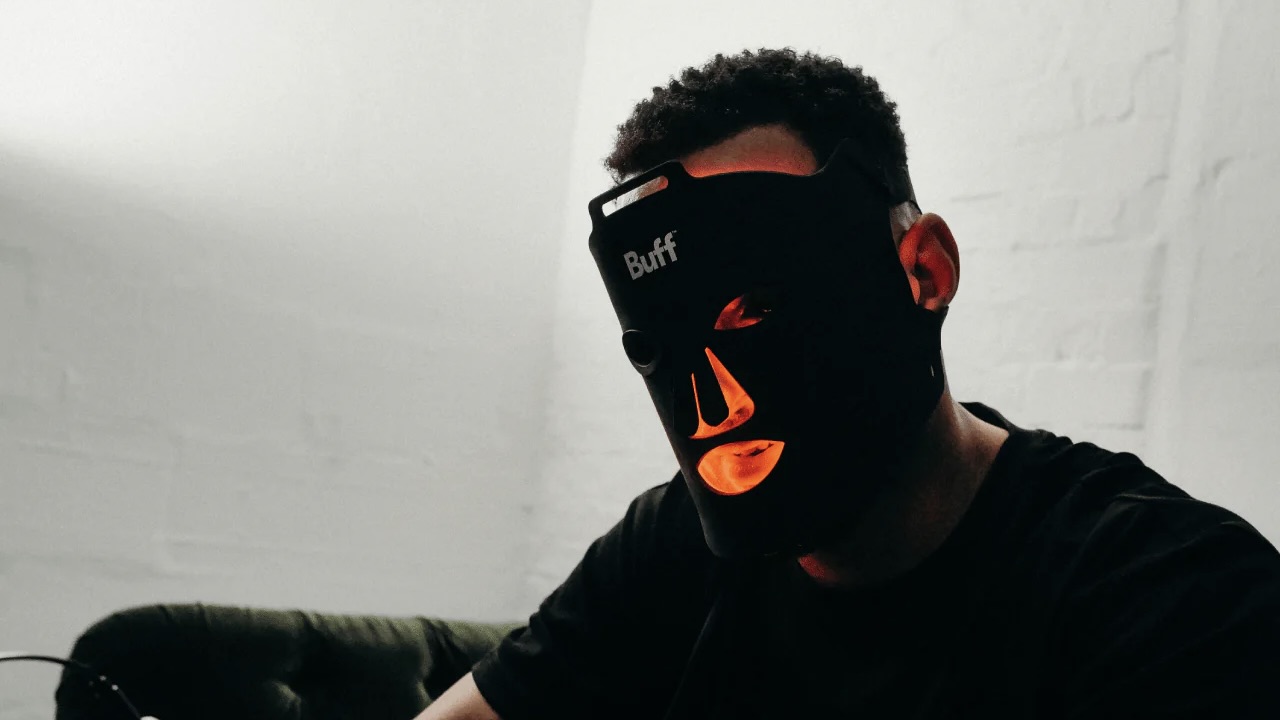
Specifications
Reasons to buy
Reasons to avoid
It should be made clearer that LED face masks aren’t just for women. The Buff LED face mask is specifically designed with men, or those with an active lifestyle, in mind.
At just under £200, it offers a solid mid-range option with four light settings to address various skin concerns. It’s comfortable, easy to use, and comes with a few thoughtful extras. Our reviewer found the brightness adjustment to be a bit unnecessary, especially as the light’s depth of penetration is what matters most, not how bright it is. However, the mask still delivers noticeable skin improvements after just a few weeks of use.
The best LED face mask for treatments
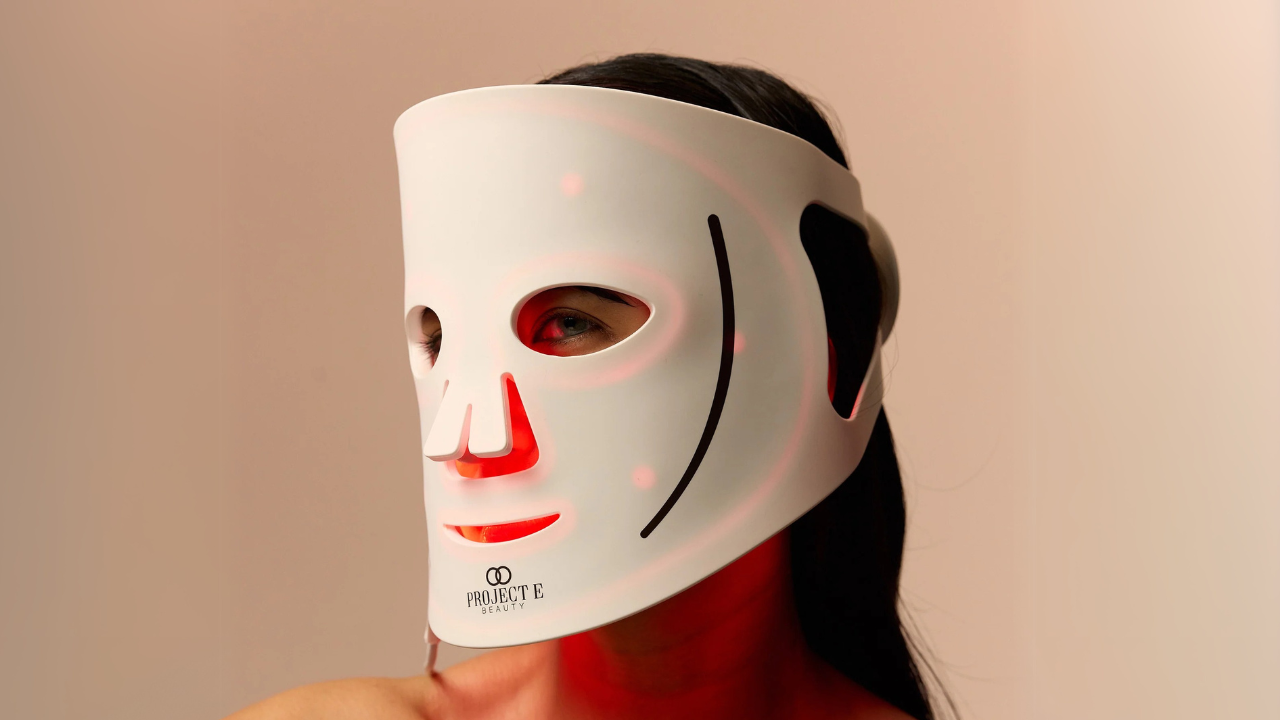
Specifications
Reasons to buy
Reasons to avoid
If you want variety, the Project E Beauty Lumalux Face Pro LED Light Therapy Mask is for you. It offers nine scientifically-proven treatment modes (seven LED light modes, plus infrared and deep infrared light therapy) to combat all your skincare concerns, including ageing, hyperpigmentation, acne, redness, dark circles and more.
Uber-lightweight and comfortable to wear, treatments take just 3 minutes per session to fit seamlessly into your life. Even better, the 20 deep infrared LEDs deeply penetrate the skin at 1072nm to tackle wrinkles in high-wear areas, such as the forehead and crow’s feet. It's pretty new to the scene, but we love it.
The best smart LED face mask
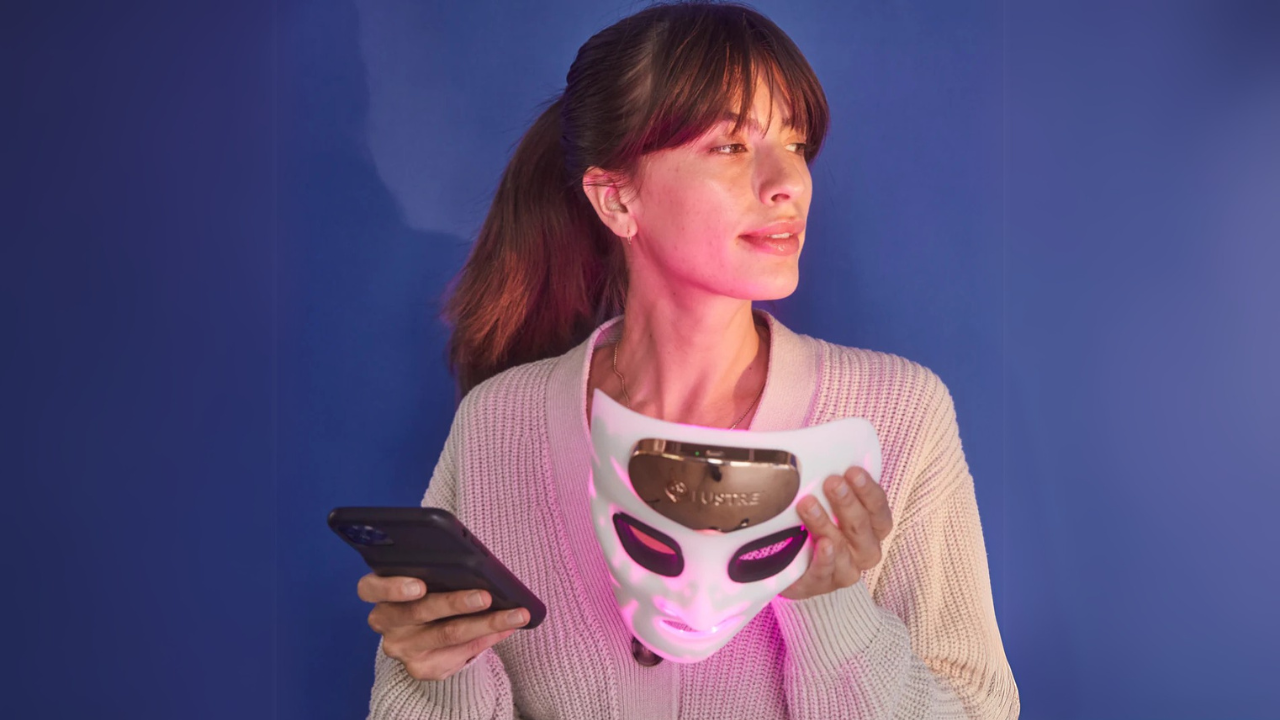
Specifications
Reasons to buy
Reasons to avoid
The Lustre ClearSkin Renew Pro Facewear mask is an excellent choice for those with multiple skincare concerns, offering a targeted approach to tackling both blemishes and signs of ageing – all in just one 10-minute treatment.
What sets it apart is its ability to divide these treatments across four facial zones – the forehead, eyes, nose, and cheeks and chin – ensuring a precise, tailored skincare experience. This means you can target breakouts while simultaneously firming and brightening the rest of your complexion.
The best LED face mask for under eyes
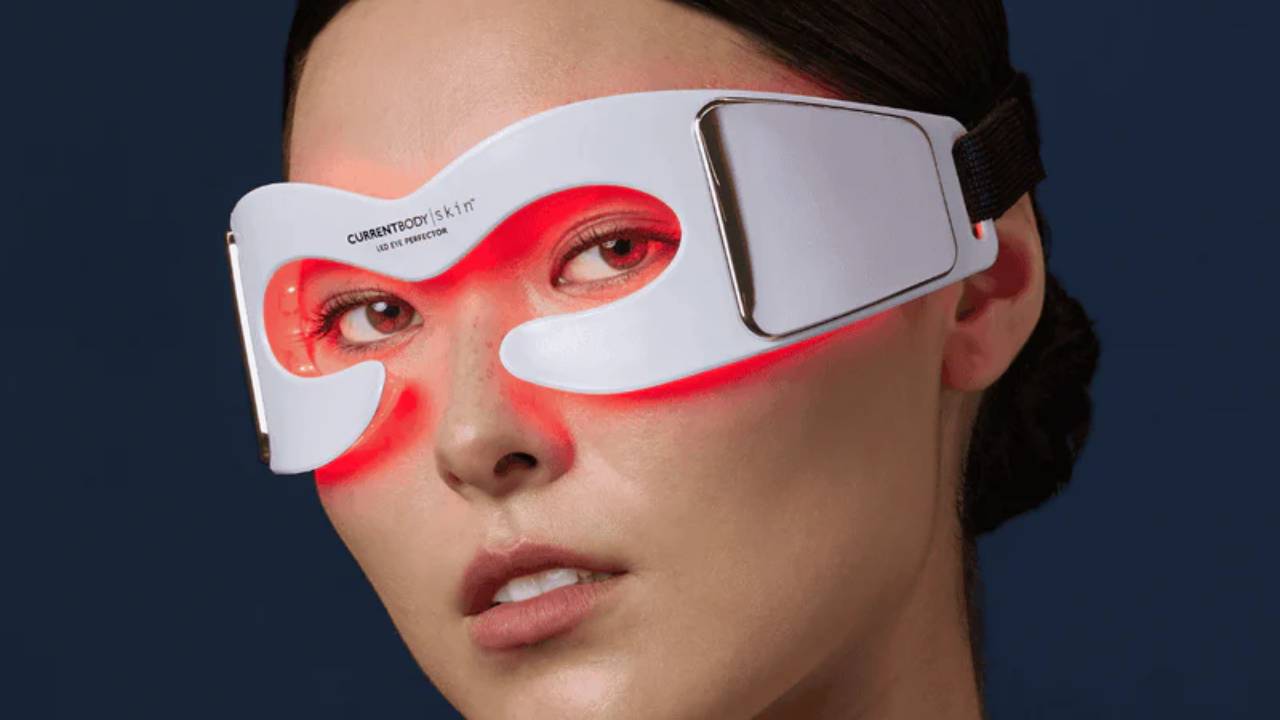
Specifications
Reasons to buy
Reasons to avoid
If your eye area is a main concern, then you'll love the CurrentBody Skin LED Eye Perfector. Solely dedicated to soothing signs of crows feet and wrinkles, the CurrentBody Skin LED Eye Perfector sits comfortably over your eyes and does its magic in just three minutes.
The CurrentBody Skin LED Eye Perfector uses four powerful LED wavelengths to boost collagen and elastin production for a more youthful eye are. Its 80 LEDs are surprisingly powerful, so we wouldn't recommend using it without the safety goggles as the brightness can be intense. However, it's still comfortable to wear and the results show for it!
How we test LED face masks
When we test the best LED face masks, we don’t just slap them on once and call it a day – we put them through a full 6-8 week trial to see if they really work. Since every mask has different usage guidelines, we follow the brand’s recommendations to get the best results. Throughout the process, we look at everything from comfort and design to ease of use and, of course, whether it actually improves skin tone, texture, and breakouts.
If you spot a model designed specifically for men, chances are one of our reviewers roped in their partner to test it out too – we have to keep things fair after all! All of this criteria then helps us know exactly which masks are worth the hype.
How to choose the best LED face mask
Choosing the best LED face mask comes down to your skin concerns and lifestyle. Firstly, think about what you want to target – acne, wrinkles, redness, or overall skin health? Different masks use different light wavelengths, so make sure the one you choose aligns with your goals. Some models offer multiple light modes for versatility, but if you have a specific concern, prioritise a mask that focuses on the treatment you need most.
Comfort is just as important. If a mask is heavy, awkward or uncomfortable, you’re less likely to use it consistently. It also helps to choose a design that lets you move around whilst wearing it, so portability is worth considering too.
Treatment time is another key factor. Some masks require just a few minutes a day, whilst others take longer, so make sure it fits into your routine. Features like adjustable light settings, app connectivity, or even cooling functions can also enhance your experience.
Finally, set a budget. There are great options at every price point, so you don’t have to splurge to see real results!
Best LED Face Mask FAQs
What are LED face masks?
LED (Light Emitting Diode) face masks use light in and beyond the visible spectrum to treat the skin. They emit varying wavelengths of light which penetrate the skin and are absorbed by the skin’s receptors. As the wavelength increases, so does the depth, meaning the skin absorbs more light further into its layers. LED light therapy comes in many different colours, including red, blue and yellow. Each light type tackles different skin problems or conditions (more on this later) as the colour stimulates a different response within the skin’s cells.
LED face masks have become increasingly popular, mainly due to TikTok and Instagram, and provide a variety of benefits to the skin. Like normal face masks, LED face masks sit over the face and many come with fastenings that tie to the back of the head. We won't lie, they look pretty freaky, but with so many 5-star reviews, there’s something to be said about their effectiveness.
It’s important to note that if you want to use an LED face mask, always make sure you’re using one that’s approved and has been tested. If you have any eye or skin conditions, you should also speak to your doctor or dermatologist before using an LED face mask.
Which light colour should I use?
Different coloured lights do different things, although the most common light therapies you’ll find are red, blue, yellow and infrared.
Red light is best for reducing inflammation, promoting blood circulation and giving the skin a plumper, healthier glow. Blue light is commonly used to treat acne and scarring. It does this by targeting the skin’s oil glands which kills bacteria inside the pores that leads to fewer breakouts. Red and blue light is often used together for these reasons. Yellow or amber light stimulates collagen production and firms the skin to give a healthier and more glowy complexion. Near-Infrared is used to reduce inflammation, redness and pigmentation.
How to use an LED face mask
Doctors and skincare experts recommend removing any make-up or products from the face and thoroughly cleaning it before using an LED mask. Doing this will ensure your skin properly absorbs the light and gets the full benefits from the light therapy. After using the LED mask, make sure to moisturise or simply complete your nighttime skincare routine.
When it comes to how often you should use an LED face mask, it’s always important to follow the manufacturer’s instructions. Most LED face masks are safe to use every day if you want to, but experts recommend starting with using it three times a week for up to 20 minutes a day.
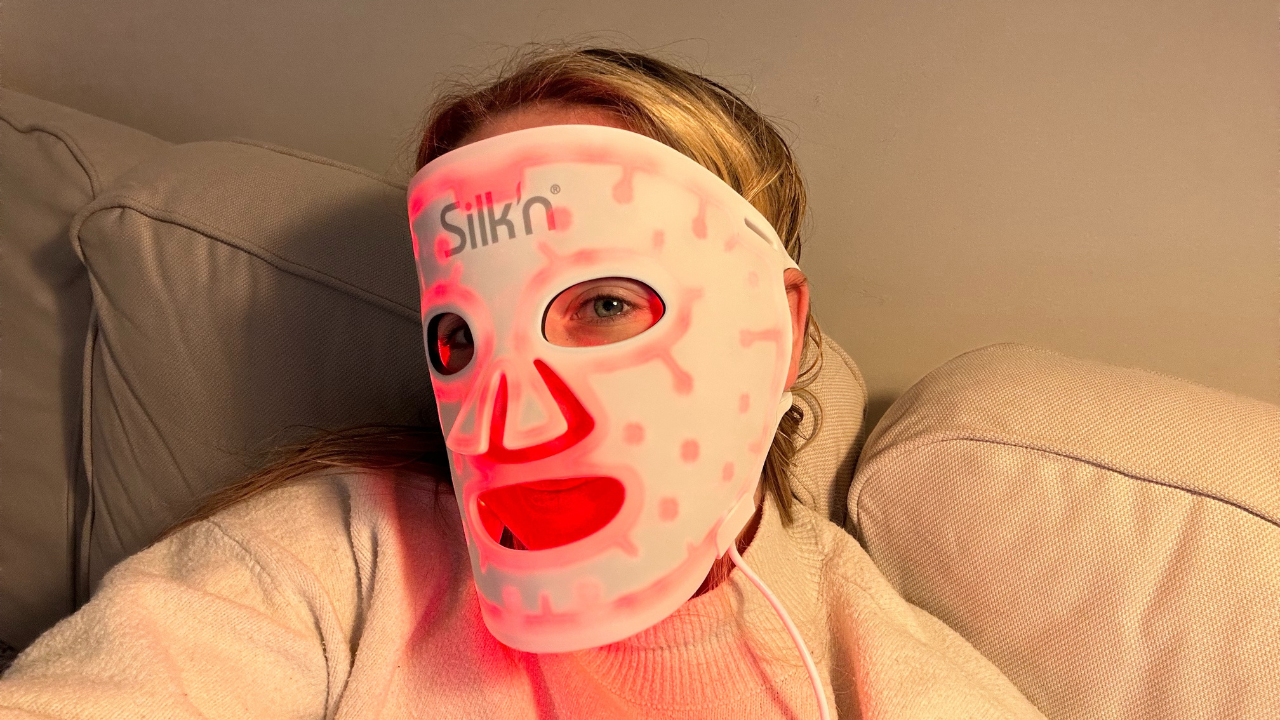
What are the pros of LED face masks?>
LED face masks are primarily designed to clear the skin and remove bacteria to prevent further breakouts. For those who experience acne, LED face masks reduce inflammation, redness and scarring. Depending on the coloured light that you choose, they also improve skin texture, tone and pigmentation, and can reduce wrinkles and signs of ageing. Essentially, using an LED face mask should make your skin look and feel brighter, clearer, smoother, healthier and more radiant.
Another benefit that many users have commented on is LED face masks can improve your mood and stress levels. As LED face masks use light therapy, this light stimulation can boost serotonin levels, leaving you feeling more relaxed and happier. The technology used in LED face masks is similar to the best SAD lamps which are recommended for people who struggle with Seasonal Affective Disorder. Of course, using an LED face mask isn’t going to solve any depression or anxiety symptoms, but if they give you a bit of relief from those feelings, that’s a major bonus.
What are the cons of LED face masks?
Despite their many benefits, LED face masks do come with a few negatives. If you’re constantly exposing yourself to bright light, this can damage the eyes, leading to pain, irritation and changes in vision. If you have any eye conditions, it’s best to speak to a doctor before using an LED face mask, or using protective eyewear underneath the mask. Some experts also say that LED face masks can bring about headaches and sleep disturbances.
Reviewer Panel

Lizzie is T3’s Home Living Writer, and beauty tech is easily one of her favourite areas to cover. She’s tried countless skincare gadgets and hair stylers – LED face masks included – and could talk about them all day long.
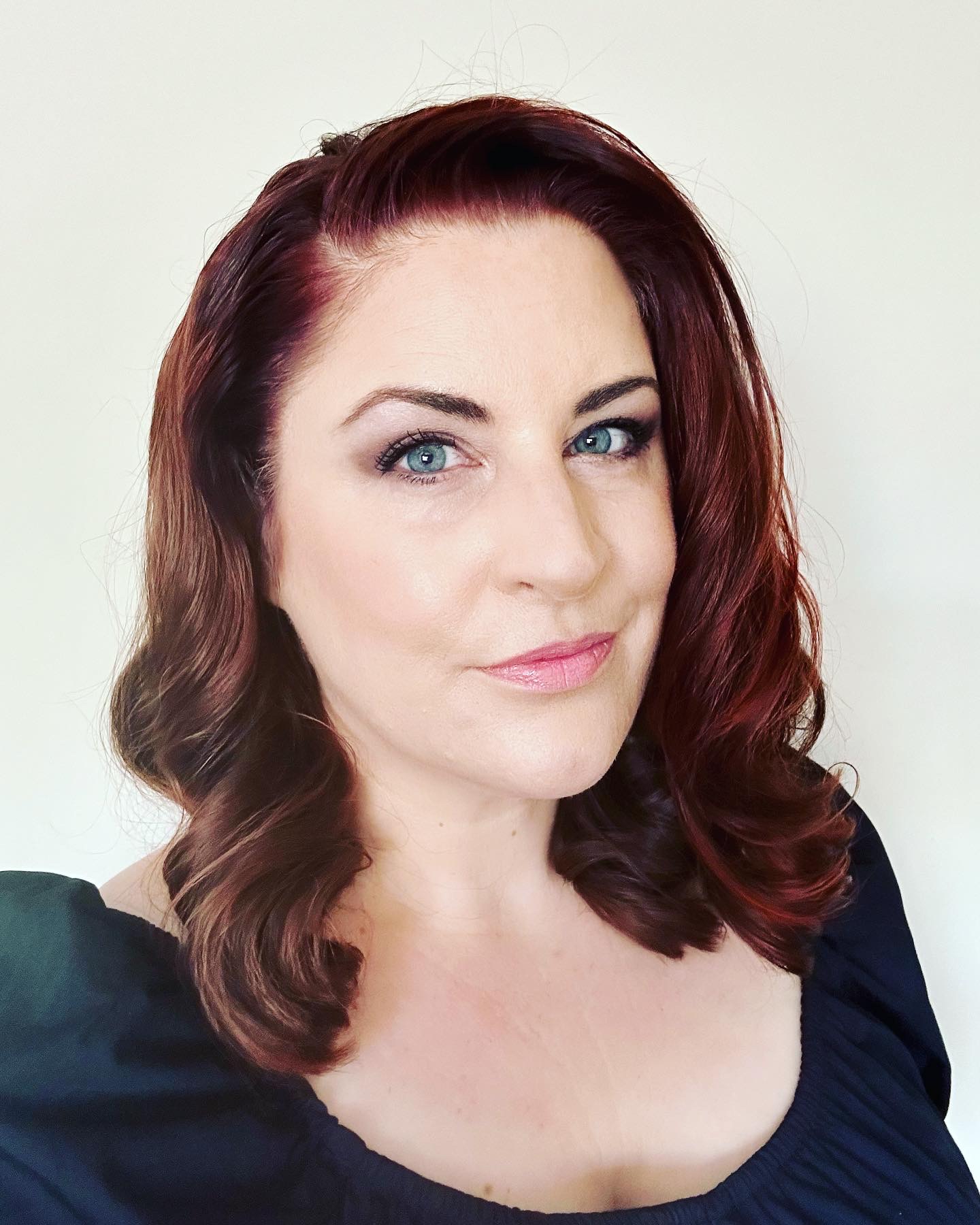
Joanna is a London-based freelance journalist and content creator, specialising in fitness, health, lifestyle and beauty. She’s probably T3’s most trusted beauty tech expert and has tested just about every LED face mask out there.

Bethan is T3’s Home Living Editor and loves a good pamper session with the latest beauty tech. She stays on top of the biggest trends and expert recommendations, making her an invaluable part of this panel.
Get all the latest news, reviews, deals and buying guides on gorgeous tech, home and active products from the T3 experts

Lizzie is T3's Home Living Staff Writer, covering the latest in smart home, lifestyle and beauty tech. From skincare gadgets to vacuum cleaners, she's your go-to for trends and top recommendations.
When not writing, Lizzie enjoys mooching around Bath, spending time with loved ones, or testing her review units – often during an enthusiastic cleaning spree!
- Bethan MorganHome Editor
